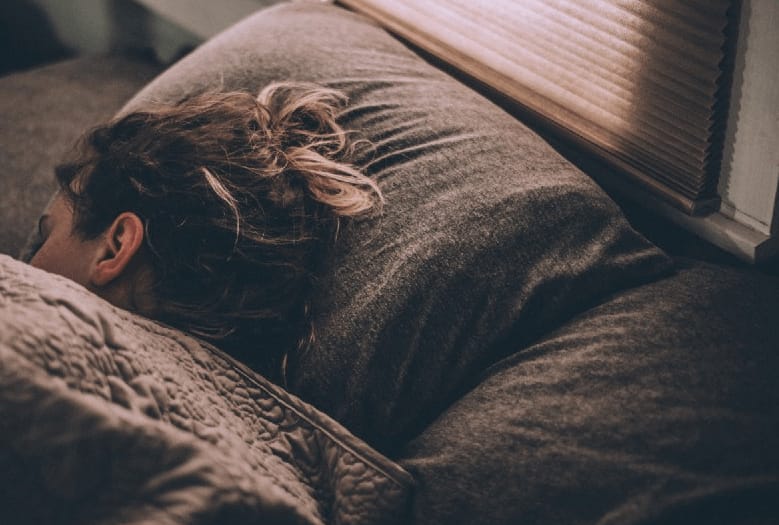- Thriving Guide
- Posts
- How Sleep Apnea and Depression Often Occur Together
How Sleep Apnea and Depression Often Occur Together
How disrupted sleep and mood disorders are connected and what you can do about it.

Sleep apnea, a condition marked by pauses in breathing during sleep, doesn’t just affect your energy levels. It’s increasingly linked to mental health conditions, particularly depression. Research shows that untreated sleep apnea not only increases the risk of cardiovascular disease, stroke, and diabetes but can also significantly impact mood and cognitive function.
An estimated 22 million adults in the U.S. live with sleep apnea, with obstructive sleep apnea (OSA) being the most common form. Understanding how sleep apnea and depression overlap is key to getting the right treatment and improving quality of life.
How Sleep Apnea and Depression Intersect
While the relationship between sleep apnea and major depressive disorder (MDD) is complex, the two share many overlapping symptoms, such as fatigue, irritability, poor concentration, and mood swings. This overlap can make it difficult to determine whether sleep apnea, depression, or both are contributing to these issues.
Common symptoms of sleep apnea include:
Loud, chronic snoring
Waking up gasping or choking
Morning headaches or dry mouth
Persistent daytime sleepiness
Depression symptoms may include:
Persistent sadness or hopelessness
Changes in appetite or sleep patterns
Loss of interest in hobbies or relationships
Fatigue or low energy
Thoughts of death or suicide
(If you or someone you know is experiencing suicidal thoughts, call 988 for the Suicide & Crisis Lifeline or 911 if it’s an emergency.)
The Link Between OSA and Mental Health
Studies show a strong association between OSA and depressive symptoms:
A 2014 study found that 46% of OSA patients had symptoms of depression, and over 53% had anxiety.
A 2017 study recommended screening for OSA in people with depression due to high co-occurrence rates.
In 2021, research published in Scientific Reports identified sleep apnea as an independent risk factor for MDD, even when adjusting for other health factors.
Interrupted breathing leads to fragmented sleep and reduced oxygen levels, which may impact brain function and mood regulation. Over time, chronic sleep deprivation can worsen depressive symptoms, while depression may, in turn, increase the likelihood of weight gain or inactivity risk factors for OSA.
Treatments That Can Help Both Conditions
CPAP Therapy for OSA
Continuous positive airway pressure (CPAP) therapy is the first-line treatment for moderate to severe OSA. By keeping the airway open during sleep, CPAP helps:
Improve sleep quality
Reduce daytime fatigue
Lower stress and boost mood
Restore memory and focus
Lifestyle Changes
Both OSA and depression can improve with targeted lifestyle adjustments:
Maintain a healthy weight through diet and exercise
Quit smoking and limit alcohol
Practice relaxation techniques like meditation or deep breathing
Keep a consistent bedtime routine and avoid screens before bed
Depression Treatments
Managing depression may involve therapy, antidepressant medications, or a combination of both. Cognitive behavioral therapy (CBT) has proven particularly effective. In some cases, new medications like Zepbound (tirzepatide) approved by the FDA in 2024 for moderate to severe OSA in adults with obesity may also be part of a treatment plan.
Why Early Intervention Matters
Ignoring either sleep apnea or depression can increase the risk of severe health complications, from heart failure to cognitive decline. Treating both conditions simultaneously through CPAP, therapy, and lifestyle changes offers the best path to recovery.
The Bottom Line
Sleep apnea and depression often go hand in hand, but effective treatment can dramatically improve both your mental and physical health. If you suspect you have symptoms of either condition, a healthcare provider can help diagnose the issue and create a tailored plan to restore better sleep and emotional well-being.
If you found this article helpful, share it or subscribe to our newsletter for more health insights.